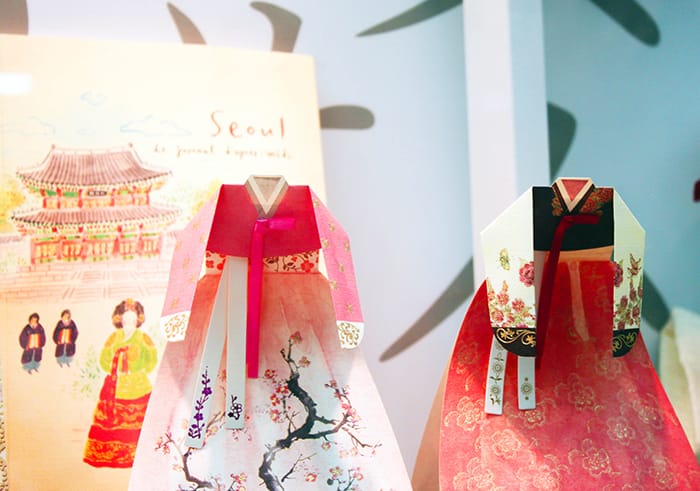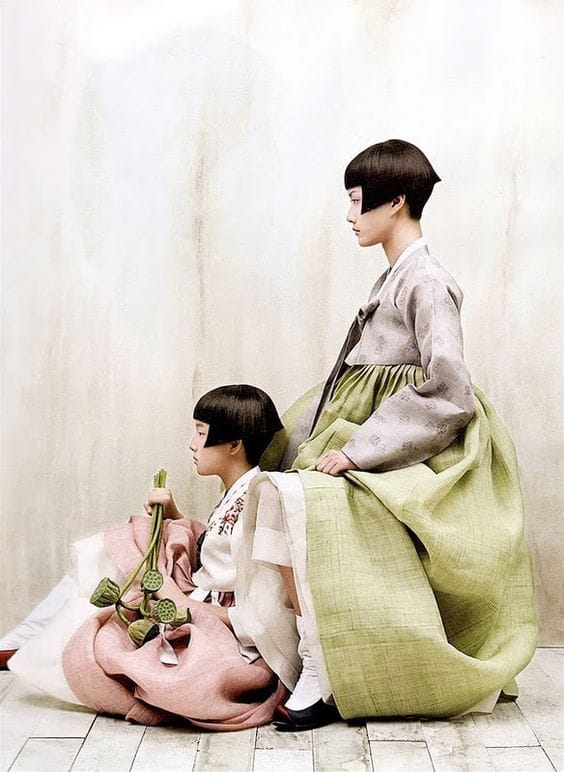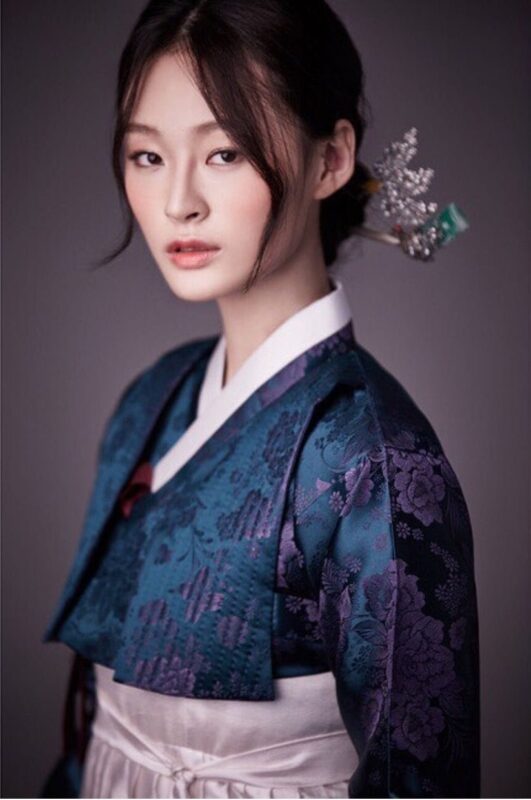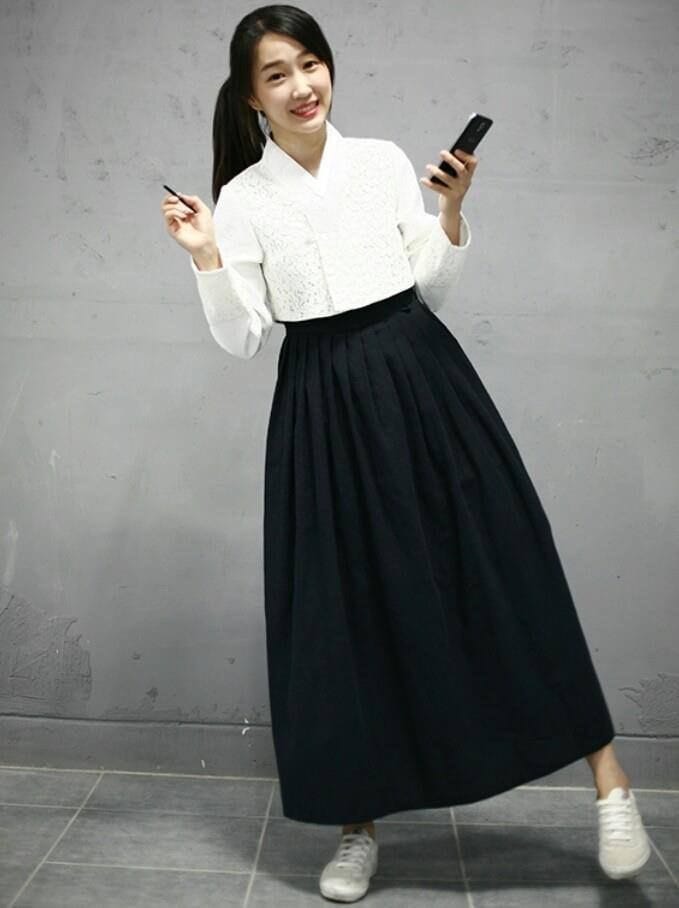Hanbok means “Korean dress” and the tradition is a milestone that maintains a strong importance in Korean culture. Traditional Korean clothing has its roots extending back at least as far as the Three Kingdoms Period (57 B.C. - 668 A.D.), as evidenced by wall paintings in tombs dating from this period. The Korean hanbok represents one of the most visible aspects of Korean culture
Hanbok expresses Korea’s true characteristics in terms of culture and history. Just like the Chinese chipao and Japanese kimono, Korea also boasts its own traditional garb. The hanbok was worn daily by Korean women up until 100 years ago, though people nowadays wear them on special occasions or during national holidays.
The eight beauties of the South Korean hanbok
The hanbok rules of beauty are very tight and come from a millenary tradition. As all the other eastern costumes, every part of the dress has a mystique meaning, overcoming the simple exterior.
The eight beauties are:
- The beauty of the structure
- The beauty of form
- The beauty of creativity
- The beauty of harmony
- The beauty of colors
- The beauty of nature
- The beauty of empty space
- The beauty of personal character
According to Visit Korea, "The unique lines of hanbok appear at their greatest when the wearer is in motion. Hanbok is creative and expressive in its design. Another special feature about hanbok is the shape, having a slim top and wide bottom, similar to a bell. The jacket should be tight and fitted while the skirt is relaxed. The tightly fitting jacket attractively reflects the shape of the upper body. The wide sleeves and flexible skirt flatter the wearer’s gracefulness by hiding the movements of the lower body, so the wearer appears to be floating on air".
Modern Hanbok
For modern Koreans, hanbok are the formal clothing worn during Korean holidays or on special occasions. Children wear hanbok on their first birthdays and adults wear it for their wedding ceremony and their sixtieth birthday. Hanbok are also worn for funerals, and are still used as casual wear in villages or districts where the traditional ways of life are being maintained.
Although hanbok have become the ritual dress of choice worn only on traditional holidays, Koreans' love for hanbok is tremendous. The popularity of Korean historical dramas is causing many foreigners to take a keener interest in traditional Korean attire as well.




